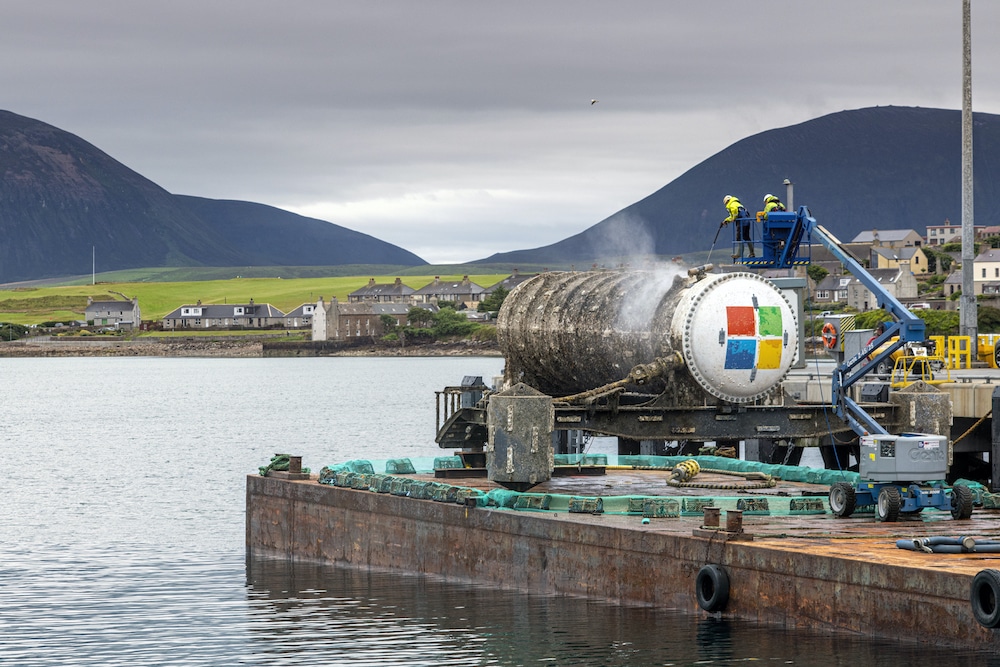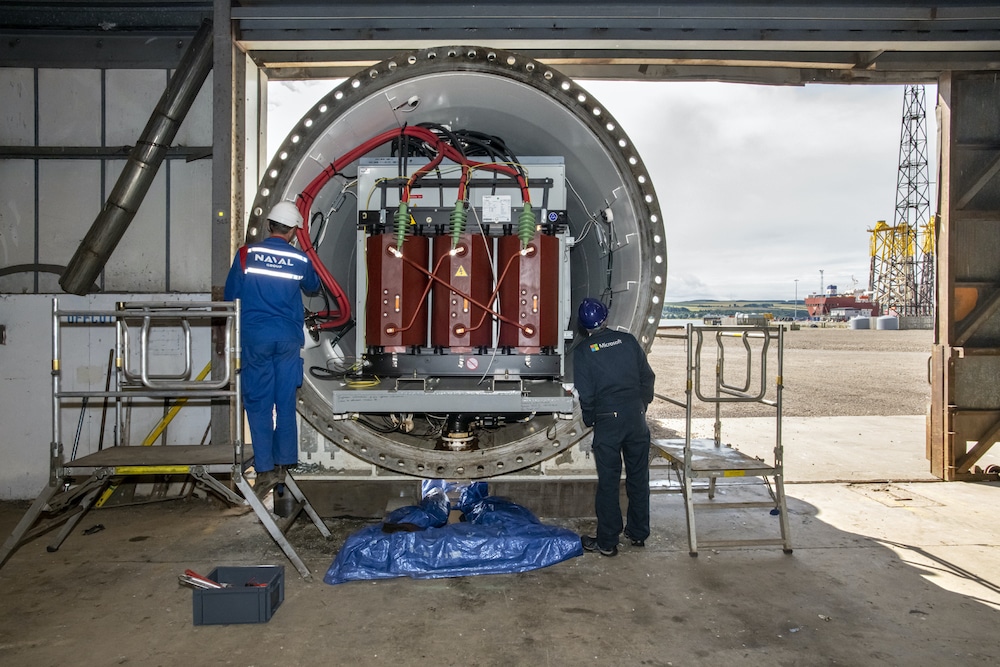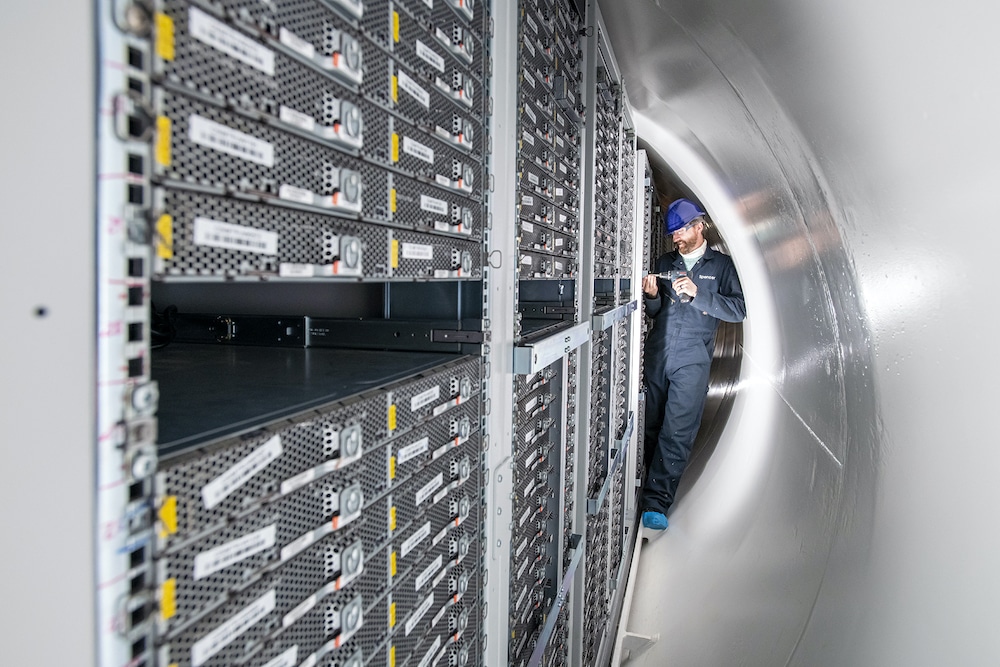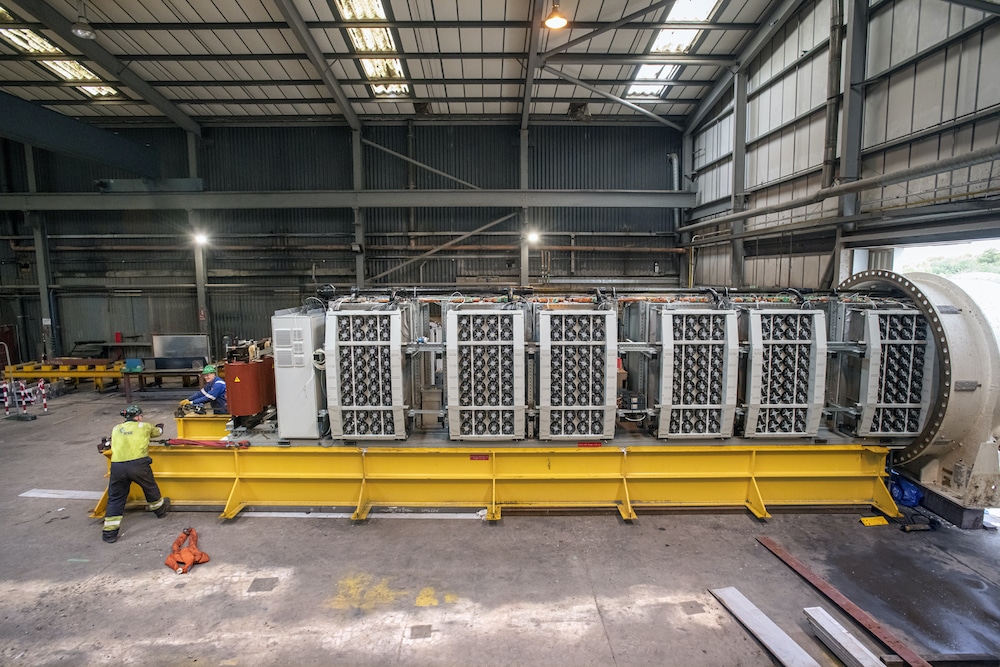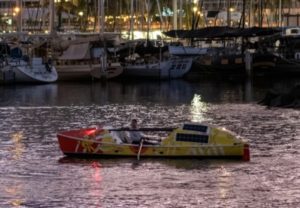Under-the-sea the most stable environment for Microsoft datacentre
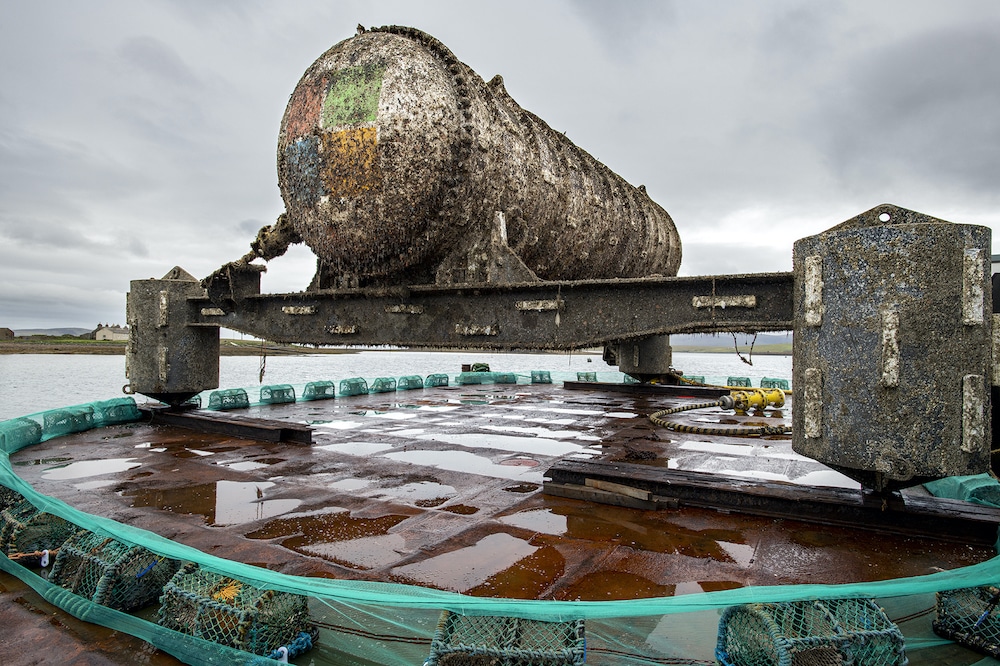 Project Natick, Vessel retrieval Stromness, Orkney. Microsoft – Tuesday 7th to Wednesday 15th of July 2020
Project Natick, Vessel retrieval Stromness, Orkney. Microsoft – Tuesday 7th to Wednesday 15th of July 2020
Back in 2018, Microsoft deployed a datacentre with 864 servers near Scotland’s Orkney islands, marking the second phase of its Project Natick initiative.
The 40-foot-long pod was powered by a cable connected to an onshore wind farm and lowered 117 feet down to the seafloor in spring 2018. Earlier this summer, marine specialists reeled up the shipping-container-size datacentre coated in algae, barnacles and sea anemones from the seafloor off the Scottish islands.
The retrieval launched the final phase of a year-long effort that proved the concept of underwater datacentres is feasible, as well as logistically, environmentally and economically practical, writes John Roach for Microsoft Innovation.
The team hypothesised that a sealed container on the ocean floor could provide ways to improve the overall reliability of datacentres. On land, corrosion from oxygen and humidity, temperature fluctuations, and bumps and jostles from people who replace broken components are all variables that can contribute to equipment failure.
The Northern Isles deployment confirmed their hypothesis.
Lessons learned from Project Natick are also informing Microsoft’s datacentre sustainability strategy around energy, waste and water, says Ben Cutler, a project manager in Microsoft’s Special Projects research group who leads Project Natick.
More than half the world’s population lives within 120 miles of the coast. By putting datacentres underwater near coastal cities, data would have a short distance to travel, leading to fast and smooth web surfing, video streaming and game playing.
The consistently cool subsurface seas also allow for energy-efficient datacentre designs. For example, they can leverage heat-exchange plumbing such as that found on submarines.
The Northern Isles underwater datacentre was manufactured by Naval Group and its subsidiary Naval Energies. Green Marine, an Orkney Island-based firm, supported Naval Group and Microsoft on the deployment, maintenance, monitoring and retrieval of the datacentre.
It was deployed at the European Marine Energy Centre, a test site for tidal turbines and wave energy converters. Tidal currents there travel up to 9 miles per hour at peak intensity and the sea surface roils with waves that reach more than 60 feet in stormy conditions.
The datacentre was gleaming white when deployed. Two years underwater provided time for a thin coat of algae and barnacles to form, and for sea anemones to grow in the sheltered nooks of its ballast-filled base.
“We were pretty impressed with how clean it was, actually,” says Spencer Fowers, a principal member of technical staff for Microsoft’s Special Projects research group. “It did not have a lot of hardened marine growth on it; it was mostly sea scum.”
Once it was hauled up from the seafloor and prior to transportation off the Orkney Islands, the Green Marine team power washed the water-tight steel tube.
The researchers then inserted test tubes through a valve at the top of the vessel to collect air samples for analysis at Microsoft headquarters in Redmond, Washington.
“We left it filled with dry nitrogen, so the environment is pretty benign in there,” Fowers says.
The question, he added, is how gases that are normally released from cables and other equipment may have altered the operating environment for the computers.
The cleaned and air-sampled datacentre was loaded onto a truck and driven to Global Energy Group’s Nigg Energy Park facility in the North of Scotland. There, Naval Group unbolted the endcap and slid out the server racks as Fowers and his team performed health checks and collected components to send to Redmond for analysis.
The Project Natick team selected the Orkney Islands for the Northern Isles deployment in part because the grid there is supplied 100% by wind and solar as well as experimental green energy technologies under development at the European Marine Energy Centre.
Read the full article online.
All images courtesy of Jonathan Banks and Simon Douglas.

